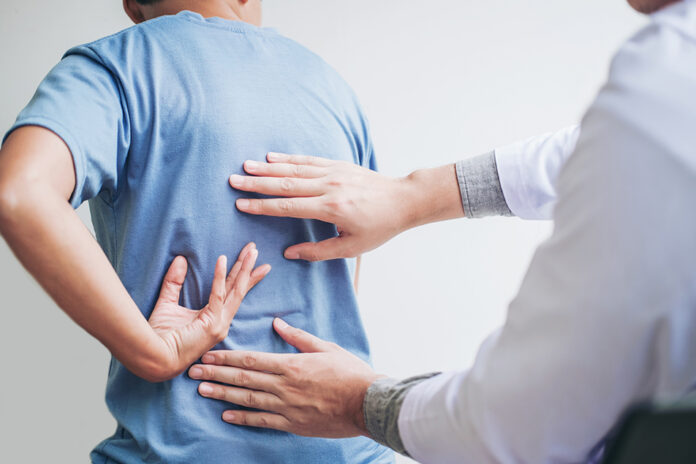Scoliosis, the abnormal curvature of the spine, is a condition that affects millions of individuals worldwide. It is a complex and perplexing medical condition that can significantly impact a person’s quality of life. We will explore the various types of scoliosis, examine the potential complications it can lead to, and shed light on the advancements in medical science that offer hope to those living with this condition.
Differentiating the Types of Scoliosis
Scoliosis is a medical condition characterized by an abnormal curvature of the spine. There are several types of scoliosis, each with unique characteristics and causes. The most common type is idiopathic scoliosis, which typically occurs during adolescence and has no known reason. Other types include congenital scoliosis, which is present from birth and is caused by abnormal spinal development, and degenerative scoliosis, which occurs in older individuals as a result of degeneration of the spine.
Differentiating between the types of scoliosis is crucial for accurate diagnosis and treatment planning. Not only do the types have distinct causes, but they can also present with different symptoms and complications. For instance, idiopathic scoliosis may cause pain, reduced flexibility, and cosmetic deformity, while congenital scoliosis can lead to other organ abnormalities. With advancements in medical science, more treatment options are available for individuals with scoliosis, ranging from non-surgical approaches such as bracing and physical therapy to surgical interventions for more severe cases.
A comprehensive understanding of the different types of scoliosis is essential in providing appropriate care and support to those with this condition. By differentiating between the types, healthcare professionals can develop personalized treatment plans that address the specific needs of each individual. Continued research and medical advancements provide hope for improved outcomes and quality of life for individuals affected by scoliosis.
Challenges and Coping Mechanisms
One of the main difficulties is the physical discomfort and pain that often accompanies the condition. The abnormal curvature of the spine can lead to muscle imbalances, limited mobility, and fatigue, making daily activities more challenging. Individuals with scoliosis may also experience body image issues and a lack of self-confidence due to the noticeable curvature, which can impact their social interactions and overall mental well-being.
Individuals with scoliosis often develop various coping mechanisms to cope with these challenges. One of the most common approaches is seeking medical treatment, which may involve braces, physical therapy, or even surgery in severe cases. These treatments aim to alleviate pain, improve spinal alignment, and enhance mobility. Many individuals find solace and support through joining scoliosis support groups or online communities, where they can share their experiences, exchange advice, and receive encouragement from others going through similar journeys. Physical activities such as yoga or swimming are often recommended to improve posture, strengthen core muscles, and manage pain associated with scoliosis.
Despite the challenges presented by scoliosis, individuals with this condition have shown remarkable resilience in finding ways to adapt and overcome. Through medical interventions, peer support, and self-care practices, people living with scoliosis can navigate the complexities of this condition and lead fulfilling lives. With ongoing advancements in research and treatment options, there is hope for even more effective therapies and improved outcomes for scoliosis patients.
Recovery Process
Non-surgical interventions play a significant role in the recovery process. Physical therapy and targeted exercises are often prescribed to help strengthen the muscles supporting the spine and improve posture. These exercises can help reduce pain, increase flexibility, and prevent the worsening of the curvature. Bracing may also be recommended for patients with moderate scoliosis curvature, especially during rapid growth in adolescents. Bracing aims to slow down or halt the progression of the curvature.
In cases where the curvature is severe or progressive, surgical intervention might be considered. Spinal fusion surgery is a standard procedure for severe scoliosis cases. The orthopedic surgeon straightens the spine as much as possible during this surgery and fuses the vertebrae together using rods, screws, or other hardware. It stabilizes the spine and prevents further curvature progression.
Recovery from scoliosis surgery involves a combination of rest, physical therapy, and gradual rehabilitation. Patients may need to wear a brace temporarily after surgery to support healing. Physical therapy helps patients regain strength, flexibility, and mobility while preventing complications like muscle atrophy or stiffness.
Regular follow-up appointments with orthopedic specialists are essential for monitoring progress and making any necessary adjustments to the treatment plan. Long-term care may include continued physical therapy, postural exercises, and ongoing spine health monitoring.


